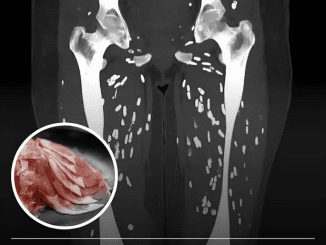Imagine the unthinkable: your car plunges into the water. It’s a terrifying and rare event, but it can happen, especially during floods or rainy seasons. Your reaction in the first few moments is critical—knowing how to escape could mean the difference between life and death. In this article, we’ll cover step-by-step instructions to help you survive a sinking car situation.
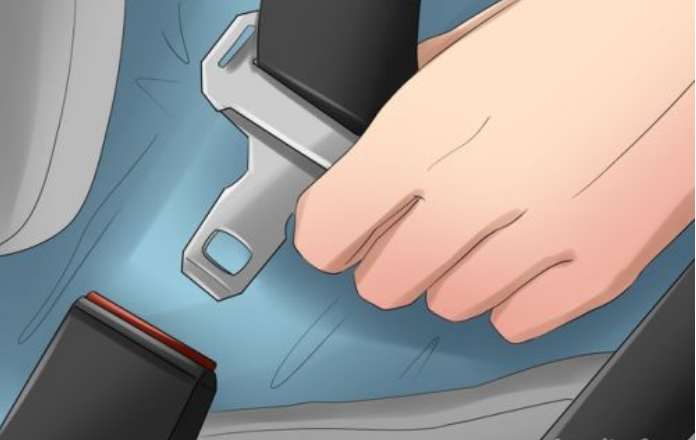
The Critical “Golden Time” for Escaping a Sinking Car
When a car falls into water, studies show that it will float for 30 to 120 seconds before fully submerging. This period is known as the “golden time” and provides your best chance for escape. It’s crucial to act quickly and efficiently during these first few moments to maximize your chances of survival.
Step 1: Unbuckle Your Seatbelt Immediately
Your first move should always be to unbuckle your seatbelt. It may seem obvious, but panic can make simple tasks difficult. Professor Gordon Giesbrecht, a renowned expert in water survival, emphasizes that removing your seatbelt is the very first step to escape. Without doing this, moving freely inside the car or helping others will be nearly impossible.
If there are passengers, especially children, unbuckle your own seatbelt first, then help them unbuckle theirs. Staying calm and focused is critical, as panicking wastes precious seconds.
Step 2: Use Windows as the Primary Escape Route
Once you’ve unbuckled your seatbelt, your next priority is to open the window. Car electrical systems often continue to work for about three minutes after hitting the water, giving you a brief window of opportunity (no pun intended) to open the windows. Lower the side windows as quickly as possible—do not attempt to open the doors, as this will cause water to rush in and accelerate the sinking.
If the power windows fail, break the window using a heavy, pointed object. Ideally, every vehicle should have a window-breaking tool stored within easy reach. You can use items like:
- A window-breaking hammer
- A metal headrest rod (removed from the seat)
- A key or sharp metal object
If possible, aim for the side or rear windows, as they are easier to break than the windshield, which is designed to be more impact-resistant.
Step 3: Breaking the Window in a Sinking Car
If the windows don’t open, you need to act fast. Use your emergency hammer or a hard, pointed object to break the side window. Striking the center may not work; instead, aim for the corners where the glass is weaker.
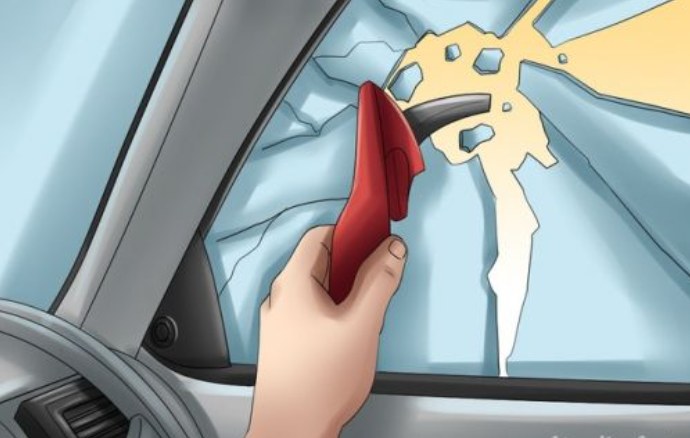
If you don’t have a hammer, consider using the metal rods of the headrest—they are surprisingly effective. Remove the headrest from the seat and use the metal rods to strike the window forcefully. This creates an escape path, allowing water to enter gradually rather than rapidly.
Step 4: Wait for Water Level to Equalize (If Necessary)
If you are unable to break the window and the car continues to sink, keep calm. When the water level inside reaches chest height, take a deep breath and wait for the pressure to equalize.
Once the pressure inside and outside the car is balanced, you should be able to open the door. It’s a risky move because it means waiting until the car is almost fully submerged, but it might be your last option. Be prepared to exit immediately after opening the door.
Step 5: Exit the Car and Guide Children Out
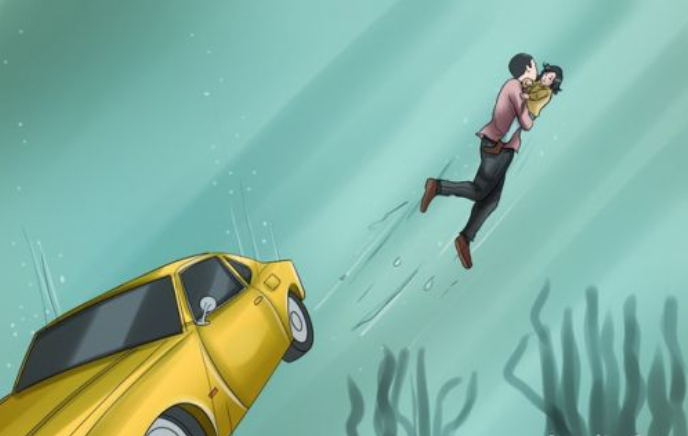
Once a window is open or broken, it’s time to get out—and fast. If you have children or others with you, make sure they escape first. Help children by signaling them to take a deep breath before exiting. If they can swim, guide them toward the window, helping them stay afloat. If they cannot swim, try to help them hold onto a floating object before they exit.
Step 6: Swim Toward the Surface
After exiting the vehicle, your priority is to reach the water’s surface. Swim toward any visible light or follow the direction of rising air bubbles. Swimming in the dark can be disorienting, so following the bubbles or focusing on a light source can help guide you upward. Remember to exhale slowly as you ascend to prevent pressure changes from affecting your breathing.
Additional Tips for Escaping a Sinking Car
To better prepare yourself for the worst-case scenario, keep these tips in mind:
1. Have Escape Tools in Your Car
Always keep essential escape tools within reach, such as:
- Window-breaking hammer
- Seatbelt cutter
- Flashlight (in case of darkness) Store these tools in a place that’s easy to access, such as your center console or door pocket.
2. Know How to Handle Airbags
If your car hits the water, airbags may deploy upon impact. Keep your hands at the 9 o’clock and 3 o’clock positions on the steering wheel to avoid injury when the airbag inflates. If the airbag deploys, push it away as soon as possible and proceed with the escape process.
3. Prioritize Actions
In moments of panic, it’s easy to become disoriented. Remember this simple order of actions:
- Unbuckle seatbelt
- Open or break window
- Help children out first
- Exit and swim to surface
Focus on these steps to increase your chances of survival.
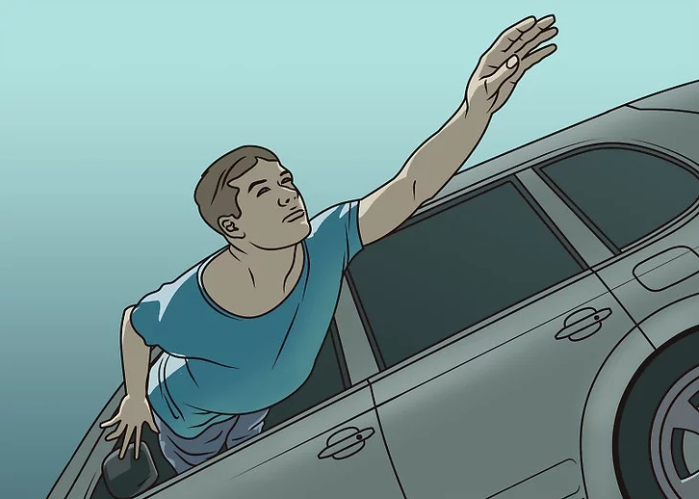
How to Help Others in a Sinking Car
If you’re with others, take charge by keeping them calm. Panic is contagious, but so is calmness. Clearly explain what needs to be done and help those who may struggle, such as children or elderly passengers.
1. Prioritize Children First
If there are children in the car, help them escape before you do. Push them out of the window first and guide them toward the surface. If possible, hold onto their clothing to help them ascend.
2. Swim Toward Light or Air Bubbles
Once you’re outside, help others swim to safety by following light sources or the rising air bubbles. Visibility may be limited, especially in murky waters, so guiding others is crucial.
Conclusion: Being Prepared Can Save Your Life
Escaping from a sinking car is a terrifying thought, but it’s not impossible. By understanding the steps to take and acting quickly, you can significantly improve your chances of survival. Remember to stay calm, unbuckle your seatbelt, use the windows as your escape route, and swim to safety. Keeping essential escape tools in your car and regularly reviewing safety tips can ensure you’re prepared for the worst-case scenario. Always be ready, because even a few seconds can make all the difference.

